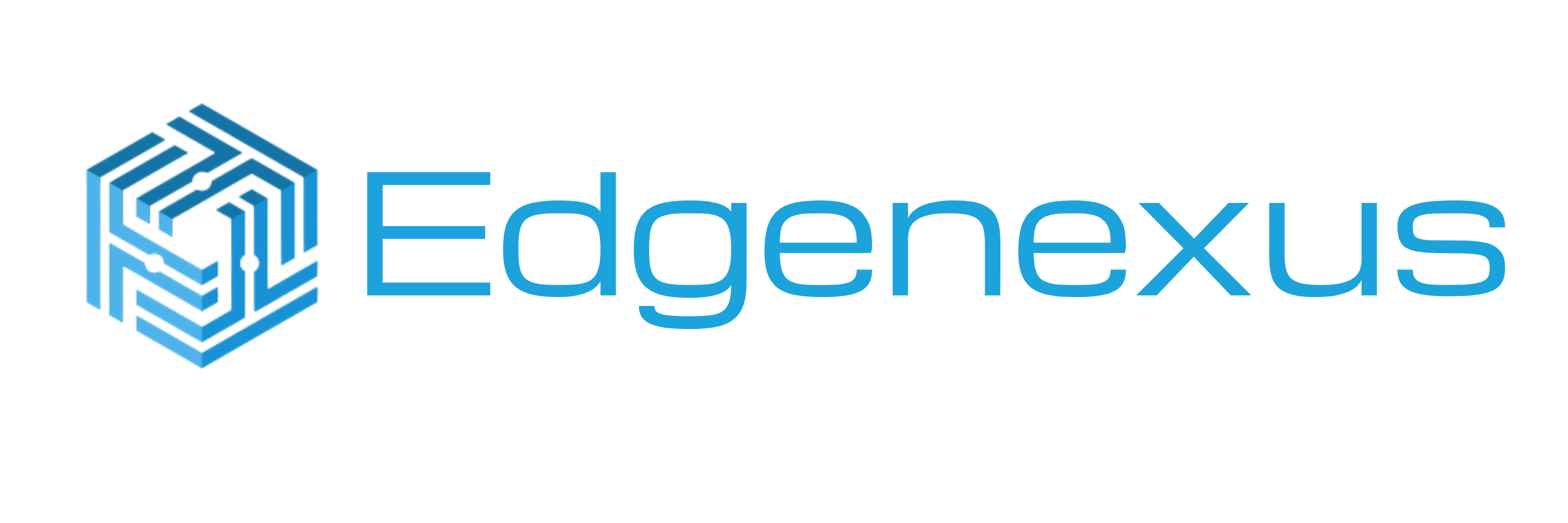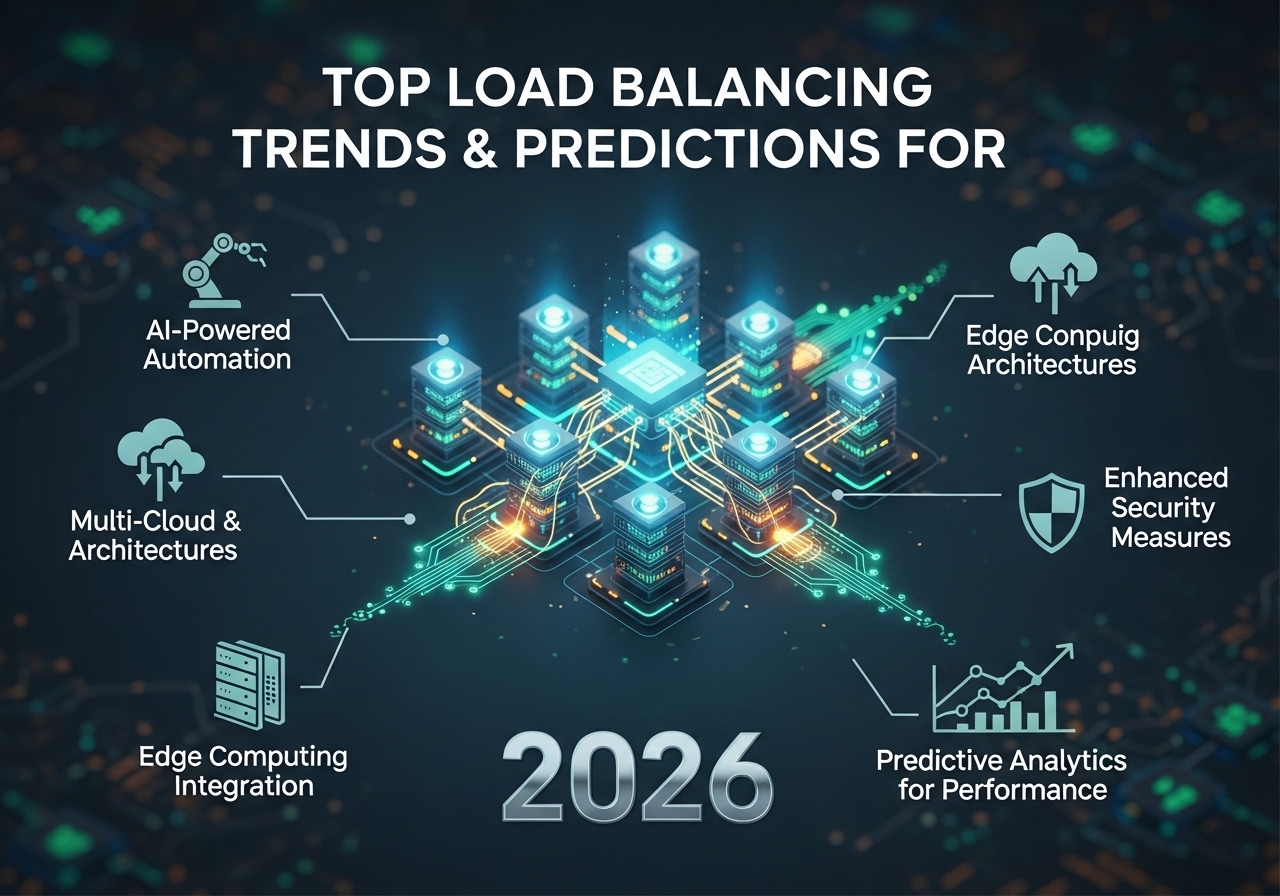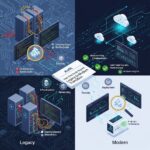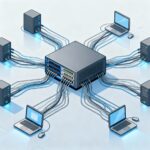The core of your operation rests on your digital services be it a complex trading system, a retail storefront, or a client support interface. These systems demand peak responsiveness, consistent dependability, and continuous accessibility. The true test comes when user volumes surge into the thousands or millions; handling that concurrent traffic can quickly expose vulnerabilities in your platform.
Enter load balancing, the digital traffic cop ensuring smooth and efficient performance across your infrastructure.A load balancer distributes user requests evenly across multiple servers, preventing any single one from becoming overloaded or crashing. It ensures seamless performance, fast response times, and continuous availability, even during peak demand.As technology advances rapidly, the load balancing landscape is evolving, too. Let’s explore what’s coming in 2026.
1. The Rise of Intelligent Load Balancing with AI & Machine Learning
Imagine a system that learns from traffic patterns and automatically adjusts how it routes users. That’s the power of AI and Machine Learning in load balancing.
By 2026, AI won’t just react to problems, it will predict and prevent them. AI-powered load balancers will analyze historical data to forecast traffic surges or bottlenecks, then proactively reallocate resources to maintain seamless performance.
Think about major online events like Black Friday or Cyber Monday. An AI-driven load balancer could predict the traffic spike and scale up server capacity in advance, preventing crashes, downtime, and lost sales.
This predictive approach improves user experience, minimizes IT workload, and maximizes operational efficiency.
2. Edge Computing and Distributed Load Balancing
With the expansion of 5G, IoT, and smart infrastructure, data processing is moving closer to end users through edge computing.
By 2026, load balancing will become highly distributed, operating across both centralized data centers and smaller, localized servers at the edge. This design drastically reduces latency, especially for real-time applications like autonomous vehicles, telemedicine, and industrial IoT in the U.S.
For example, a smart manufacturing plant in Ohio can process data locally through edge load balancers, ensuring operations remain real-time and uninterrupted.
3. Seamless Traffic Across Multi-Cloud and Hybrid Environments
Most U.S. enterprises use multiple public cloud providers, AWS, Azure, Google Cloud, alongside private data centers. This multi-cloud or hybrid cloud strategy boosts flexibility but complicates traffic management.
By 2026, advanced Global Server Load Balancing (GSLB) solutions will direct users to the closest, healthiest, or fastest data center automatically. This ensures high availability, consistent performance, and resilience, even during provider outages.
The result: better business continuity, improved performance, and freedom from vendor lock-in.
4. Security-First Load Balancing and Advanced Threat Protection
In a world of escalating cyber threats, security must be built in, not bolted on.
Load balancers, being the first gateway for external traffic, will integrate stronger Web Application Firewalls (WAFs), DDoS protection, and bot mitigation tools by default.
They’ll also play a growing role in API security, ensuring that only legitimate, authorized requests reach your microservices, safeguarding sensitive data and maintaining user trust.
5. Integration with Service Mesh and Cloud-Native Orchestration
Modern applications rely heavily on microservices and orchestration platforms like Kubernetes.
By 2026, load balancing will be deeply integrated into service meshes such as Istio, providing intelligent traffic routing, visibility, and control within cloud-native environments.
This means smoother inter-service communication, faster deployments, and more resilient digital ecosystems.
6. Sustainable and Efficient Load Balancing
With rising energy costs and sustainability goals across U.S. industries, green IT is now a business imperative.
Load balancers will optimize server utilization and power consumption, ensuring energy-efficient traffic distribution and supporting corporate sustainability initiatives.
7.Infrastructure as Code (IaC) is evolving into Load Balancing as Code (LBaaC).
This approach treats load balancer configurations as software code, version-controlled, testable, and deployable automatically. It speeds up deployments, reduces human error, and aligns with DevOps automation practices.
8. The Evolution of Application Delivery Controllers (ADCs)
Traditional ADCs are evolving into full-stack application delivery platforms, combining load balancing, security, analytics, and API management.
This unified approach simplifies infrastructure management and delivers a 360° view of performance and security across all application layers.
Preparing for 2026: Action Steps for U.S. Businesses
- Assess your current load balancing solutions for scalability, AI readiness, and cloud compatibility.
- Upskill your IT teams in AI-driven networking, automation, and cloud-native architecture.
- Automate using APIs and Infrastructure as Code for faster, error-free deployments.
- Diversify your vendors and adopt a hybrid, multi-cloud strategy to stay flexible and future-proof.
Conclusion: The Strategic Edge of Smart Load Balancing
By 2026, load balancing will be more intelligent, distributed, and secure than ever before.
For U.S. enterprises, adopting these innovations early isn’t just about keeping up, it’s about staying ahead. Proactive, AI-powered load balancing will be essential for ensuring business continuity, enhancing customer experience, and driving digital transformation in the years ahead.
Top 10 FAQs About Load Balancing Trends in 2026
Q1: What role will AI play in load balancing by 2026?
A1: AI will predict traffic surges, detect anomalies, and automatically optimize resource allocation, ensuring peak performance without manual intervention.
Q2: How does edge computing improve load balancing performance?
A2: Edge load balancers process data closer to users, reducing latency and ensuring faster response times for geographically dispersed applications.
Q3: Why is Global Server Load Balancing (GSLB) important for U.S. businesses?
A3: GSLB enhances reliability and performance by routing users to the best-performing data center, even during outages or high-traffic events.
Q4: What security features should modern load balancers include?
A4: Look for integrated WAFs, DDoS protection, bot mitigation, and API security to block malicious traffic before it reaches your servers.
Q5: How does Load Balancing as Code (LBaaC) benefit DevOps teams?
A5: LBaaC enables version-controlled, automated load balancer configurations, speeding up deployments and improving consistency.
Q6: Can load balancing help reduce energy consumption?
A6: Yes. Modern load balancers optimize server usage, minimizing idle power consumption and supporting sustainability initiatives.
Q7: How does load balancing integrate with Kubernetes and service meshes?
A7: Load balancers can manage inter-service traffic within Kubernetes clusters and integrate with service meshes like Istio for granular traffic control.
Q8: What’s the difference between hardware and software-defined load balancers?
A8: Hardware load balancers are physical devices, while software-defined options run virtually or in the cloud, offering greater flexibility and scalability.
Q9: How can businesses avoid vendor lock-in with load balancing?
A9: Adopt open-source or software-defined load balancing solutions that support multiple cloud providers and integrate via open APIs.
Q10: What steps should U.S. enterprises take to prepare for 2026?
A10: Audit your current setup, adopt AI-ready tools, automate configurations, and embrace a multi-cloud strategy to future-proof your infrastructure.










